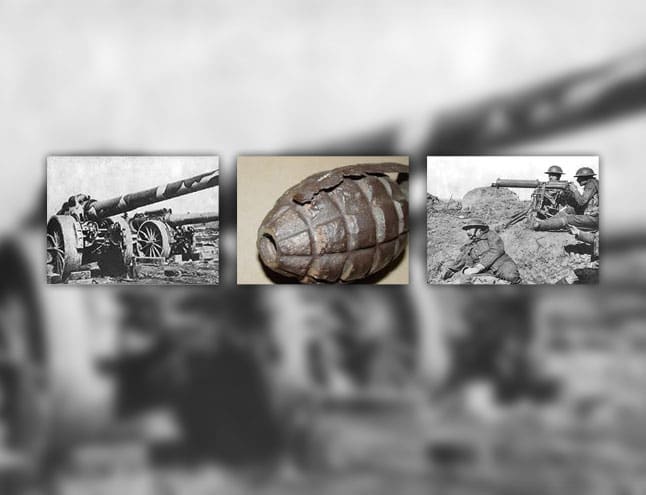
The weapons. When rifles were used during the Napoleonic wars 100 years before WWI, they could fire on average around four times a minute. By 1914, following the Industrial Revolution, machine guns could fire that number in one second. Grenades and artillery also vastly increased the number of schrapnel wounds.
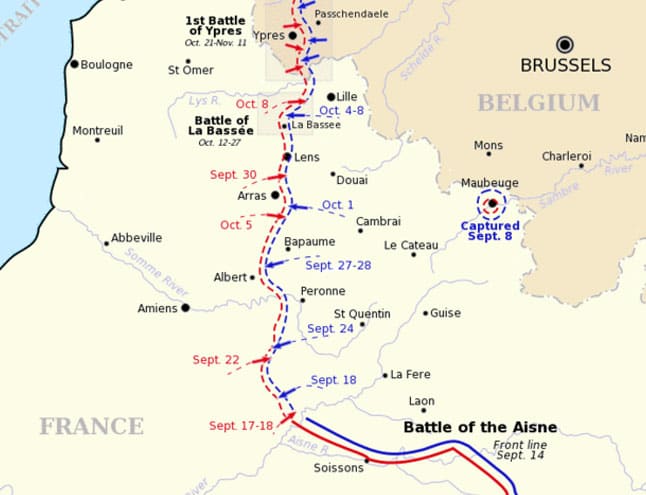
The battle lines. Trench warfare meant that moving battle lines was difficult and extremely costly. In just one of the locations of a major battle, the Somme, over one million men were killed or wounded. On the first day of the battle, British casualties were the worst in the history of the British army, with 57,470 casualties, over 19,000 of whom were killed.
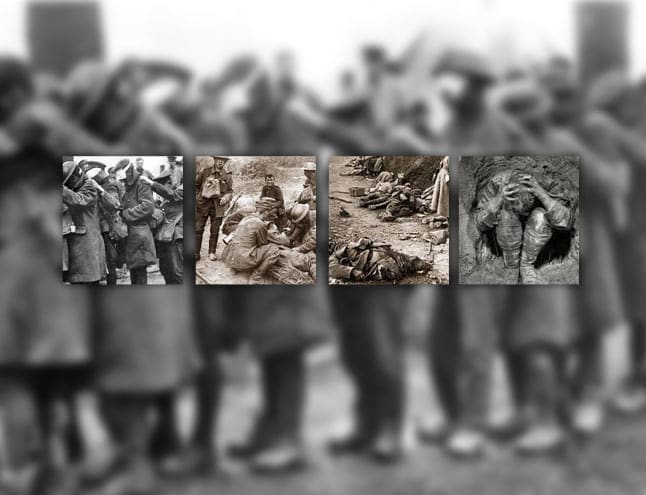
The injuries. World War I was the first time that chlorine and mustard gas was used in warfare. Many soldiers didn't know it was dangerous and took no cover until it was too late. From artillery fire, many lost limbs, even though a lot of doctors attempted to avoid amputations. Huge numbers suffered shellshock, even though it was thought at the time to be the result of being too close to explosions or even due to genetic weakness.
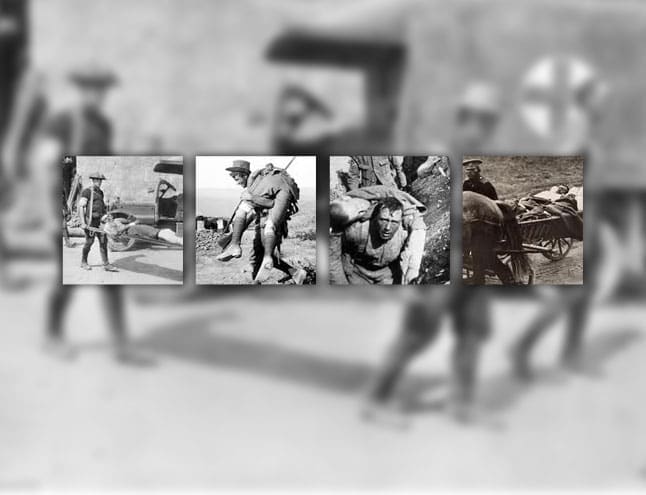
The evacuations. Field hospitals were brought closer to the front, but getting patients to them often still involved men having to carry the patient on stretchers through muddy land. From the hospitals, patients in a serious condition would often be carried out of the combat zone by rail links.
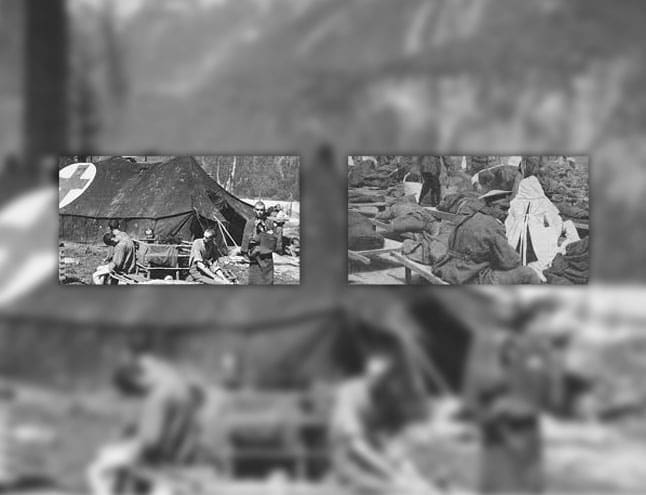
The hospitals. Care was limited for wounded soldiers. Many of those providing it were volunteers. Even some of the doctors had been rushed to the front before they were fully ready. The medicines were rudimentary by today's standards. There were no antibiotics, nor penicillin.
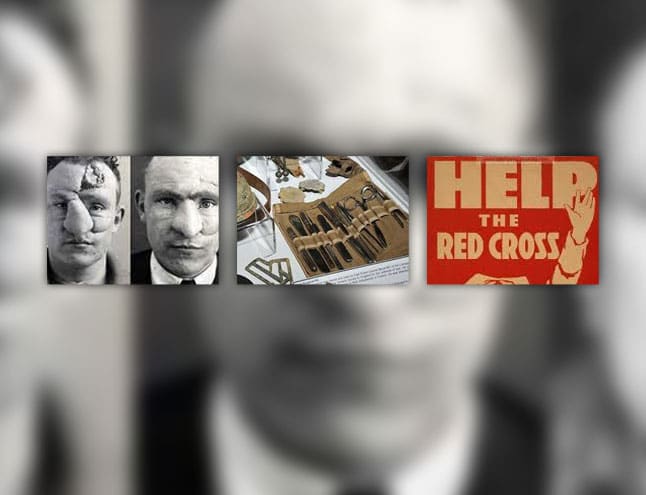
The stigmas. Some of the injuries inflicted during the war were truly horrific, with the gueules cassés (or broken faces) suffering some of the worst. The need to reconstruct their faces led to major advances in plastic surgery. But the negative reception that some of the afflicted soldiers received when they returned home led one group of gueules cassés to establish a chateau retreat just for men with these injuries.
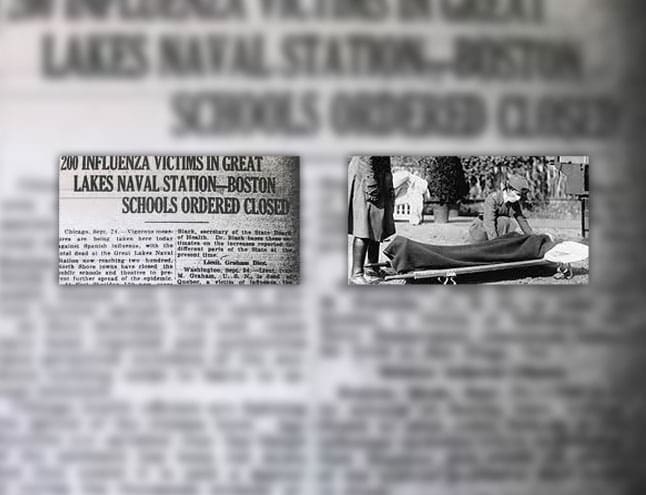
The biggest killer (1). Having a world war where soldiers moved around the globe was probably a factor in spreading the worst Spanish flu epidemic ever known. Newspapers reported on its wildfire movement from town to town and country to country. With little proper understanding of how it spreads (few if any obstacles were put in place to prevent its spread), the virus went on to kill millions.
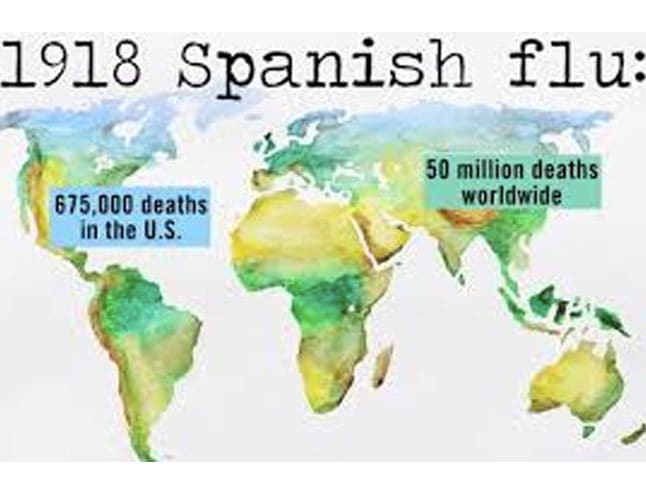
The biggest killer (2). This map gives an indication of the extent of the Spanish flu outbreak. This one virus killed more people worldwide than all of the deaths from World War I combined.
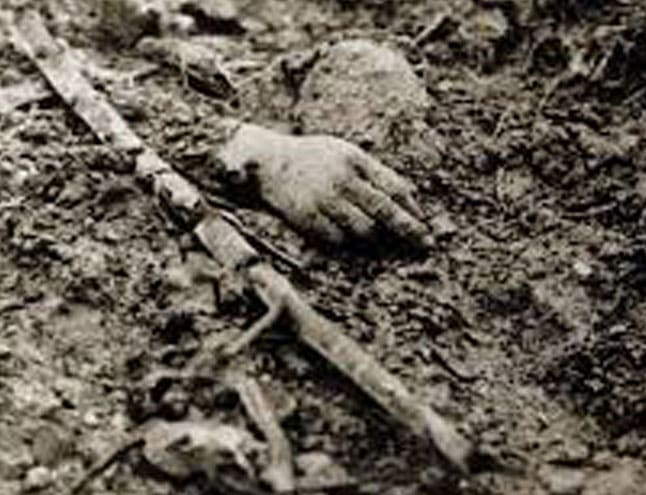
But the human race's self inflicted destruction of World War I remains one of its biggest scars to this day. Estimates of the total dead range from 9-16 million. Almost an entire generation of young men was either lost, injured, incapable or scarred after the war. The war finally came to an end on the 11th hour of the 11th day of the 11th month of 1918.
